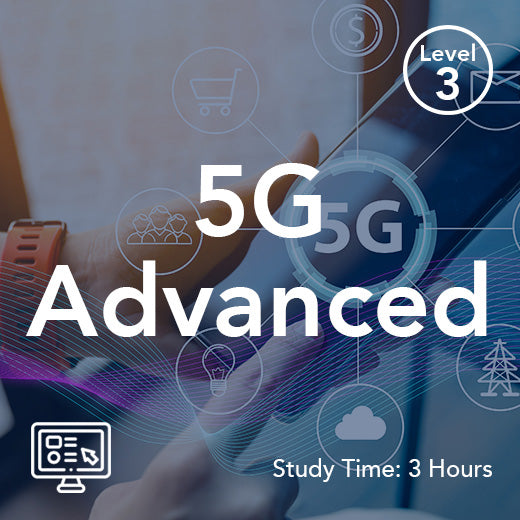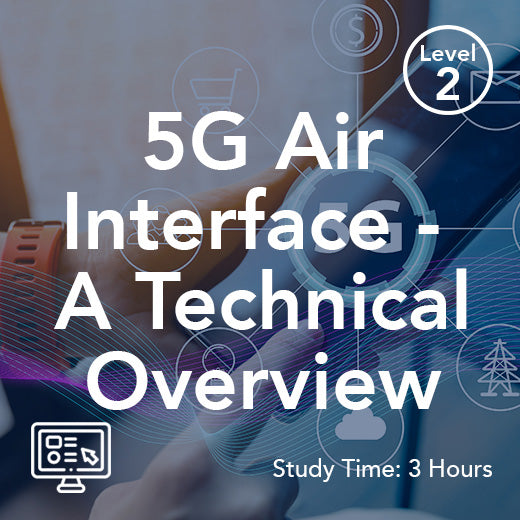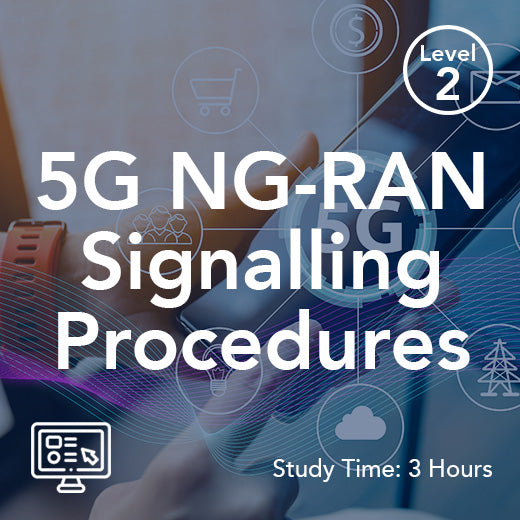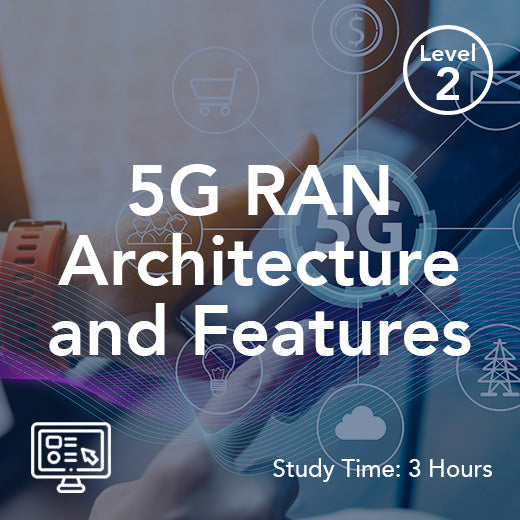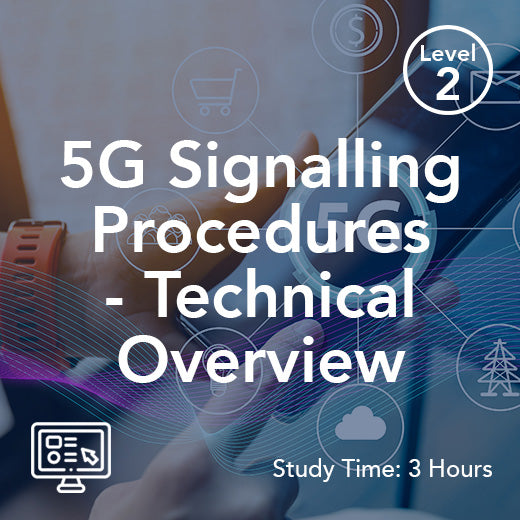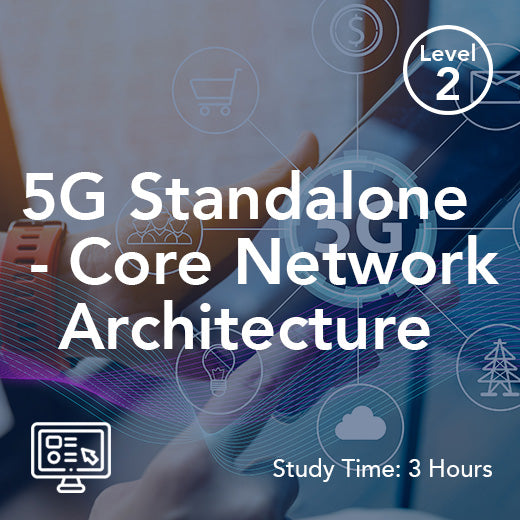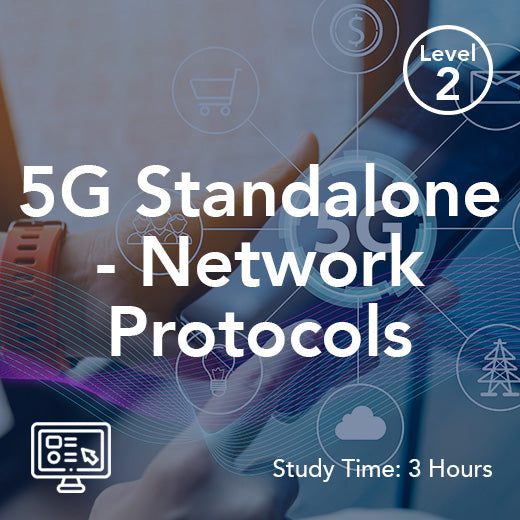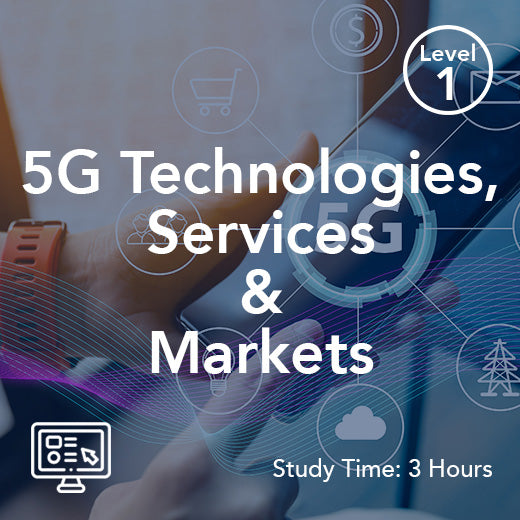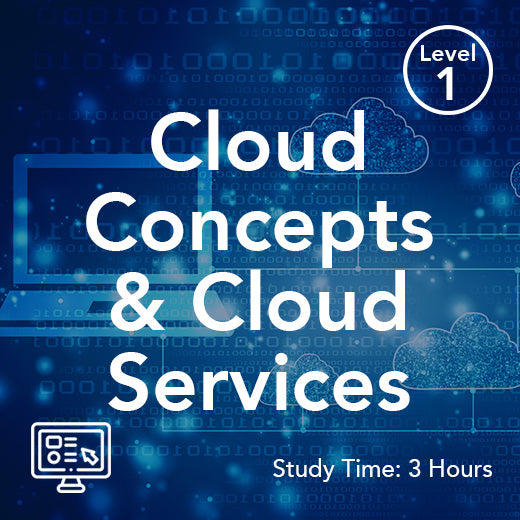Understanding the Basics: What is a Public Land Mobile Network?
- , by Stephanie Burrell
- 22 min reading time
A Public Land Mobile Network (PLMN) is a type of wireless communication network that is accessible to the general public and is used for mobile telephony services. The most familiar example of a PLMN is a person using a cell phone to make calls or access the internet while on the move. A PLMN is a wireless communications system intended for terrestrial subscribers, including those using cell phones and portable internet devices. It provides the infrastructure that enables mobile devices, such as a cell phone, to connect, communicate, and transfer data seamlessly across various locations. These networks are crucial for ensuring uninterrupted mobile connectivity and supporting a wide range of services, from voice calls to internet access and portable internet. In this document, we will delve into the fundamental aspects of a Public Land Mobile Network, exploring its components, functions, and the role it plays in modern communication.
Introduction to Public Land Mobile Networks
Definition and Overview
A Public Land Mobile Network (PLMN) is a type of cellular network set up and managed by a telecommunications provider to offer mobile services to the public. It consists of various interconnected components that work together to facilitate wireless communication. A PLMN incorporates multiple cellular technologies, such as GSM, UMTS, LTE, and 5G, to deliver a wide range of mobile telecommunication services. The primary aim of a PLMN is to provide users with the ability to make and receive calls, send texts, and access data services irrespective of their location within the coverage area. Each PLMN is identified by a unique set of numbers known as a Mobile Country Code (MCC) and a Mobile Network Code (MNC), which help in distinguishing different networks globally. This infrastructure supports a range of technologies, from 2G to 5G, and the availability and quality of services strongly depends on the particular technology used in the PLMN, catering to the evolving needs of mobile communication. Understanding PLMNs is essential for grasping how our daily mobile interactions are powered and sustained across vast geographies.
Historical Background
The evolution of the Public Land Mobile Network (PLMN) is a fascinating journey that mirrors the advancement of mobile communications. Initially, mobile networks began as analog systems in the 1980s, primarily designed to support voice calls. These first-generation (1G) networks laid the groundwork for subsequent innovations. The 1990s saw the transition to digital with the advent of second-generation (2G) networks, which introduced enhanced voice quality and text messaging capabilities. This era marked the beginning of mobile data services, albeit at low speeds. The turn of the millennium ushered in third-generation (3G) networks, significantly boosting data transfer speeds and enabling multimedia services and mobile internet access. Today, with the deployment of fourth and fifth-generation networks (4G and 5G), PLMNs offer unprecedented data speeds, connectivity, and support for a myriad of applications. Understanding this historical progression helps in appreciating the technological strides that have made modern mobile communication possible.
Importance in Modern Communication
Public Land Mobile Networks (PLMNs) are foundational to today's communication landscape, serving as the backbone for mobile connectivity. They facilitate real-time communication, enabling voice calls, video conferencing, and instant messaging, which are integral to both personal and professional interactions. Beyond basic telephony, PLMNs support extensive data services, empowering users with internet access, social media connectivity, and streaming capabilities on the go. In the business realm, these networks enhance operational efficiency by supporting mobile workforces, enabling remote work, and fostering global collaboration. The rise of the Internet of Things (IoT) further underscores the importance of PLMNs, as they provide the connectivity required for smart devices and sensors to communicate seamlessly. In essence, PLMNs are not just about making calls; they are about creating a connected world, driving innovation, and supporting the digital economy through reliable and ubiquitous mobile communication.
How Public Land Mobile Networks Work
Network Architecture
The architecture of a Public Land Mobile Network (PLMN) is a wireless communications system designed for terrestrial subscribers, ensuring seamless mobile communication across wide areas. It comprises several key components working in harmony. The core network is the central part, responsible for routing calls and data to the correct destinations. It includes elements like the Mobile Switching Center (MSC), which handles voice call routing, and the Packet Data Network Gateway (PGW), which manages data services. The core network can also interconnect with a fixed system such as the public switched telephone network (PSTN), enabling call routing and connectivity between mobile users and traditional landline users. The Radio Access Network (RAN) connects mobile devices to the core network via base stations and cell towers. These base stations, also known as cell sites, facilitate wireless communication between mobile devices and the network. Additionally, the Home Location Register (HLR) and Visitor Location Register (VLR) databases store and manage subscriber information, ensuring users can connect and communicate as they move. This layered architecture is vital for providing reliable, high-quality mobile services to users.
Key Components
A Public Land Mobile Network (PLMN) relies on several key components to deliver seamless mobile communication. The Mobile Switching Center (MSC) is a critical element, managing voice call routing and connection setup. The Packet Data Network Gateway (PGW) handles data traffic, ensuring efficient internet access and data services. The Radio Access Network (RAN) includes base stations and cell towers that provide the wireless interface between mobile devices and the core network. The Home Location Register (HLR) is a database that stores permanent subscriber information, such as user profiles and service entitlements. The Visitor Location Register (VLR) temporarily holds information about subscribers currently in the area served by the MSC. Additionally, the Authentication Center (AUC) ensures secure access by verifying subscriber identities. These components work together to provide reliable voice, text, and data services, ensuring users stay connected wherever they go.
Signal Transmission
Signal transmission in a Public Land Mobile Network (PLMN) is a complex process that ensures mobile devices can communicate effectively. When a user makes a call or accesses data, their device sends a signal to the nearest base station, which is part of the Radio Access Network (RAN). This signal is then transmitted through microwave or fiber-optic links to the core network. Within the core network, the Mobile Switching Center (MSC) manages call routing for voice communication, while the Packet Data Network Gateway (PGW) handles data traffic. The signal is then directed to its intended destination, whether another mobile device, landline, or internet server. Throughout this process, various technologies such as frequency hopping, modulation, and error correction are employed to maintain signal integrity and quality. Mobile devices use PLMN codes to determine network registration and display connection strength indicators, which reflect signal quality and network consistency. This efficient signal transmission mechanism is crucial for providing clear voice calls, fast data speeds, and reliable connectivity to users on the move.
Types of Public Land Mobile Networks
Cellular Networks
Cellular networks are the most common type of Public Land Mobile Network (PLMN), designed to provide wide-ranging mobile communication services. These networks are structured into a series of cells, each served by its own base station, allowing for efficient frequency reuse and expansive coverage. As a user moves, their mobile device seamlessly transitions from one cell to another, maintaining an uninterrupted connection. Cellular networks have evolved through several generations, from the basic analog voice services of 1G to the advanced high-speed data services of 5G. Each generation has introduced new technologies and capabilities, enhancing performance and user experience. The cellular architecture supports a multitude of services, including voice calls, text messaging, and high-speed internet access, making it integral to everyday communication. This adaptability and scalability make cellular networks a cornerstone of modern telecommunications, catering to the growing demand for mobile connectivity across diverse environments.
Satellite Networks
Satellite networks are a vital type of Public Land Mobile Network (PLMN) that extend mobile communication capabilities to remote and underserved areas. Unlike cellular networks, which rely on terrestrial base stations, satellite networks use satellites orbiting the Earth to establish communication links. These networks are particularly useful in regions where building traditional infrastructure is challenging, such as mountainous areas or vast oceanic expanses. Satellite networks support a variety of services, including voice calls, data transmission, and internet access, making them crucial for global communication. They play an essential role in emergency response, military operations, and maritime communication, where reliable connectivity is critical. While traditionally more expensive than cellular networks, advancements in technology are gradually reducing costs and increasing accessibility. The ability to provide connectivity in hard-to-reach areas underscores the importance of satellite networks in creating a comprehensive and inclusive global communication system.
Other Mobile Networks
Beyond cellular and satellite networks, other mobile networks play significant roles in the landscape of Public Land Mobile Networks (PLMN). One such type is the private mobile radio network, often used for specialized applications like emergency services, transportation, and industrial operations. These networks provide dedicated communication channels, ensuring reliability and security for critical operations. Another example is the trunked radio system, which allows multiple users to share a small number of radio frequencies, optimizing bandwidth and reducing congestion. Trunked systems are prevalent in public safety and utilities. Additionally, mesh networks, which rely on interconnected nodes to relay data, offer flexible and resilient communication options in areas where traditional infrastructure may be lacking. These networks are valuable for temporary setups like festivals or disaster recovery operations. Each of these mobile network types contributes to the diverse ecosystem of PLMNs, addressing specific communication needs and expanding connectivity options.
PLMN Services and Codes
Public Land Mobile Networks (PLMNs) provide a comprehensive suite of services that empower mobile subscribers to stay connected wherever they go. These services include essential functions such as voice calls, SMS messaging, mobile internet access, and emergency services, all of which are fundamental to modern mobile communication. The ability of public land mobile networks to deliver these services across different regions and countries is made possible by the use of unique identifiers—specifically, the Mobile Country Code (MCC) and Mobile Network Code (MNC). Together, these codes form a globally unique PLMN code, which is crucial for distinguishing one mobile network from another on a global scale. This system ensures that users can access public land mobile services, enjoy seamless mobile internet access, and make emergency calls, regardless of their location. By leveraging these identifiers, public land mobile networks facilitate global connectivity and enable mobile subscribers to benefit from reliable communication and data services, whether at home or abroad.
Understanding PLMN Identifiers
PLMN identifiers are at the heart of how mobile networks manage access and ensure smooth operation for mobile subscribers. The PLMN code, a six-digit number, uniquely identifies both the country and the mobile network operator within that country. For example, a PLMN code might appear as 310-260, where the first three digits represent the mobile country code and the last three specify the mobile network code. This code is embedded in the International Mobile Subscriber Identity (IMSI) stored on every SIM card, allowing mobile phones to recognize which network they are connected to. When a mobile subscriber travels outside their home network, the device uses the PLMN code to detect roaming status and typically display an indicator, such as an “R” icon, on the screen. This process ensures that users are always aware of their network status and can access the appropriate services, whether they are on their home network or roaming on another PLMN.
Role in Network Interoperability
The use of standardized PLMN codes is essential for enabling interoperability between different mobile networks, both domestically and internationally. When a mobile device connects to a network, it relies on the PLMN code to identify and authenticate the correct network, ensuring that services like voice calls, SMS, and mobile internet access are available even when the user is outside their home country. This seamless connectivity is made possible by global agreements and technical standards that govern how PLMN codes are assigned and recognized. As a result, mobile subscribers can travel across borders and still enjoy uninterrupted access to their mobile devices, thanks to the ability of public land mobile networks to communicate and cooperate using these unique identifiers. This interoperability not only supports global connectivity but also enhances the user experience by making it easy to stay connected, access data, and make voice calls from virtually anywhere in the world.
Security Measures in Public Land Mobile Networks
Security is a critical concern for Public Land Mobile Networks (PLMNs), as they form the backbone of mobile communication for millions of users worldwide. With the increasing reliance on mobile devices for everything from voice calls to mobile internet access, protecting user data and ensuring the integrity of public land mobile networks has never been more important. To address these challenges, PLMNs implement a range of security measures designed to safeguard both the network and its users. These measures include robust encryption protocols to protect data in transit, authentication systems to verify the identity of users and devices, and advanced firewalls to prevent unauthorized access. By prioritizing security, public land mobile networks help prevent data breaches and other cyber threats, ensuring that mobile subscribers can trust their network for both everyday communication and critical services like emergency calls.
Common Security Threats
Despite these protections, PLMNs face a variety of security threats that can compromise user data and disrupt network operations. Data breaches are a significant risk, as unauthorized access to sensitive information—such as personal details or financial data—can have serious consequences for both individuals and organizations. Cyber attacks, including hacking attempts and the spread of malware, pose ongoing challenges to the stability and reliability of mobile networks. Unauthorized access, where individuals or devices gain entry to the network without proper credentials, can also undermine the security of public land mobile networks. To combat these threats, PLMNs continuously update their security protocols, employ advanced encryption techniques, and monitor network activity for signs of suspicious behavior. By staying vigilant and proactive, public land mobile networks work to protect their users from data breaches and maintain the trust that is essential for modern mobile communication.
Common Security Threats
Despite these protections, PLMNs face a variety of security threats that can compromise user data and disrupt network operations. Data breaches are a significant risk, as unauthorized access to sensitive information—such as personal details or financial data—can have serious consequences for both individuals and organizations. Cyber attacks, including hacking attempts and the spread of malware, pose ongoing challenges to the stability and reliability of mobile networks. Unauthorized access, where individuals or devices gain entry to the network without proper credentials, can also undermine the security of public land mobile networks. To combat these threats, PLMNs continuously update their security protocols, employ advanced encryption techniques, and monitor network activity for signs of suspicious behavior. By staying vigilant and proactive, public land mobile networks work to protect their users from data breaches and maintain the trust that is essential for modern mobile communication.
Security Measures in Public Land Mobile Networks
Security is a critical concern for Public Land Mobile Networks (PLMNs), as they form the backbone of mobile communication for millions of users worldwide. With the increasing reliance on mobile devices for everything from voice calls to mobile internet access, protecting user data and ensuring the integrity of public land mobile networks has never been more important. To address these challenges, PLMNs implement a range of security measures designed to safeguard both the network and its users. These measures include robust encryption protocols to protect data in transit, authentication systems to verify the identity of users and devices, and advanced firewalls to prevent unauthorized access. By prioritizing security, public land mobile networks help prevent data breaches and other cyber threats, ensuring that mobile subscribers can trust their network for both everyday communication and critical services like emergency calls.
Common Security Threats
Despite these protections, PLMNs face a variety of security threats that can compromise user data and disrupt network operations. Data breaches are a significant risk, as unauthorized access to sensitive information—such as personal details or financial data—can have serious consequences for both individuals and organizations. Cyber attacks, including hacking attempts and the spread of malware, pose ongoing challenges to the stability and reliability of mobile networks. Unauthorized access, where individuals or devices gain entry to the network without proper credentials, can also undermine the security of public land mobile networks. To combat these threats, PLMNs continuously update their security protocols, employ advanced encryption techniques, and monitor network activity for signs of suspicious behavior. By staying vigilant and proactive, public land mobile networks work to protect their users from data breaches and maintain the trust that is essential for modern mobile communication.
Common Security Threats
Despite these protections, PLMNs face a variety of security threats that can compromise user data and disrupt network operations. Data breaches are a significant risk, as unauthorized access to sensitive information—such as personal details or financial data—can have serious consequences for both individuals and organizations. Cyber attacks, including hacking attempts and the spread of malware, pose ongoing challenges to the stability and reliability of mobile networks. Unauthorized access, where individuals or devices gain entry to the network without proper credentials, can also undermine the security of public land mobile networks. To combat these threats, PLMNs continuously update their security protocols, employ advanced encryption techniques, and monitor network activity for signs of suspicious behavior. By staying vigilant and proactive, public land mobile networks work to protect their users from data breaches and maintain the trust that is essential for modern mobile communication.
Security Measures in Public Land Mobile Networks
Security is a critical concern for Public Land Mobile Networks (PLMNs), as they form the backbone of mobile communication for millions of users worldwide. With the increasing reliance on mobile devices for everything from voice calls to mobile internet access, protecting user data and ensuring the integrity of public land mobile networks has never been more important. To address these challenges, PLMNs implement a range of security measures designed to safeguard both the network and its users. These measures include robust encryption protocols to protect data in transit, authentication systems to verify the identity of users and devices, and advanced firewalls to prevent unauthorized access. By prioritizing security, public land mobile networks help prevent data breaches and other cyber threats, ensuring that mobile subscribers can trust their network for both everyday communication and critical services like emergency calls.
Role in Network Interoperability
The use of standardized PLMN codes is essential for enabling interoperability between different mobile networks, both domestically and internationally. When a mobile device connects to a network, it relies on the PLMN code to identify and authenticate the correct network, ensuring that services like voice calls, SMS, and mobile internet access are available even when the user is outside their home country. This seamless connectivity is made possible by global agreements and technical standards that govern how PLMN codes are assigned and recognized. As a result, mobile subscribers can travel across borders and still enjoy uninterrupted access to their mobile devices, thanks to the ability of public land mobile networks to communicate and cooperate using these unique identifiers. This interoperability not only supports global connectivity but also enhances the user experience by making it easy to stay connected, access data, and make voice calls from virtually anywhere in the world.
Benefits and Challenges
Advantages of PLMNs
Public Land Mobile Networks (PLMNs) offer numerous advantages that have made them indispensable in modern communication. One of the primary benefits is their ability to provide widespread coverage, ensuring users can stay connected while on the move. This mobility is crucial for personal convenience and business operations, enabling real-time communication and access to information from virtually anywhere. PLMNs also support a broad range of services, including voice, text, and data, catering to diverse user needs. Their robust infrastructure and continuous technological advancements ensure high-quality service delivery and rapid data transfer rates, particularly with the advent of 4G and 5G networks. PLMNs also facilitate global connectivity, allowing users to communicate across borders through roaming agreements. Additionally, they play a vital role in emergency communication, providing reliable channels for distress calls and coordination during crises. These advantages collectively enhance productivity, connectivity, and quality of life in the digital age.
Common Challenges
Despite their many benefits, Public Land Mobile Networks (PLMNs) face several common challenges. One significant issue is network congestion, especially in densely populated urban areas where the demand for mobile services can exceed the network's capacity, leading to dropped calls and slower data speeds. Interference from physical obstructions, such as buildings and natural terrain, can also impact signal quality and coverage. Security is another critical concern; PLMNs must safeguard against cyber threats, data breaches, and unauthorized access to maintain user trust and privacy. As technology evolves, maintaining and upgrading infrastructure to support new standards like 5G requires substantial investment and planning. Additionally, regulatory and licensing requirements can vary significantly between countries, posing challenges for international operators. Addressing these challenges requires ongoing innovation, investment, and strategic planning to ensure PLMNs continue to meet the growing demands of users while delivering reliable and secure communication services.
Future Prospects
The future prospects of Public Land Mobile Networks (PLMNs) are promising as technology continues to advance rapidly. The ongoing rollout of 5G networks heralds a new era of ultra-fast data speeds, low latency, and enhanced connectivity, enabling innovations like augmented reality, autonomous vehicles, and smart cities. Beyond 5G, research into 6G technology is already underway, promising even more revolutionary capabilities and integration with artificial intelligence. The expansion of the Internet of Things (IoT) will further drive the evolution of PLMNs, as billions of interconnected devices require reliable and efficient communication networks. Additionally, efforts to enhance network security and privacy will continue to be paramount, addressing growing concerns over data protection. As PLMNs evolve, they will increasingly play a crucial role in bridging the digital divide, providing connectivity to underserved and remote areas. Overall, the future of PLMNs is one of continued growth and innovation, shaping the landscape of global communication.
Conclusion
Recap of Key Points
In summary, Public Land Mobile Networks (PLMNs) are integral to modern communication, providing the infrastructure for mobile telephony services accessible to the general public. These networks encompass various types, including cellular and satellite networks, each playing a unique role in ensuring widespread connectivity. Key components such as the Mobile Switching Center (MSC), Packet Data Network Gateway (PGW), and Radio Access Network (RAN) work together to facilitate seamless communication. While PLMNs offer numerous advantages like mobility, wide coverage, and robust service options, they also face challenges such as network congestion, security concerns, and the need for continuous technological upgrades. Looking ahead, the future of PLMNs is bright, with advancements in 5G, the emergence of 6G, and expanded IoT applications driving innovation. Understanding these key points offers valuable insight into the fundamental role PLMNs play in shaping our connected world.
The Future of PLMNs
The future of Public Land Mobile Networks (PLMNs) is poised to be transformative, driven by technological advancements and the ever-growing demand for connectivity. As 5G networks continue to expand, they will pave the way for innovative applications, including enhanced mobile broadband, massive machine-type communications, and ultra-reliable low-latency communications. These developments will not only improve current services but also enable new use cases, such as smart infrastructure and advanced telemedicine. Research into 6G technology is expected to further revolutionize the landscape, offering unprecedented speeds and connectivity. Alongside these advancements, efforts to improve network security and resilience will be crucial, addressing the challenges posed by an increasingly interconnected world. Moreover, PLMNs will play a vital role in reducing the digital divide, bringing connectivity to remote and underserved regions. Overall, the future of PLMNs holds immense potential for innovation, enhancing both personal and professional aspects of life globally.
Final Thoughts
In reflecting on the role of Public Land Mobile Networks (PLMNs), it's clear they are a cornerstone of global communication systems. They have evolved from simple voice communication channels to sophisticated networks that support a vast array of services, from streaming media to IoT applications. As technology continues to advance, PLMNs will undoubtedly adapt to tackle new challenges and seize emerging opportunities. Their ability to provide reliable and widespread connectivity will remain essential, particularly as society becomes increasingly dependent on mobile technology. Moreover, PLMNs will contribute significantly to bridging the digital divide, offering connectivity to remote and underserved areas. As we look to the future, the development and implementation of next-generation networks will shape the way we communicate, work, and live, reinforcing the importance of PLMNs in our daily lives. Embracing these advancements will be key to maximizing their potential and ensuring their benefits are accessible to all.

